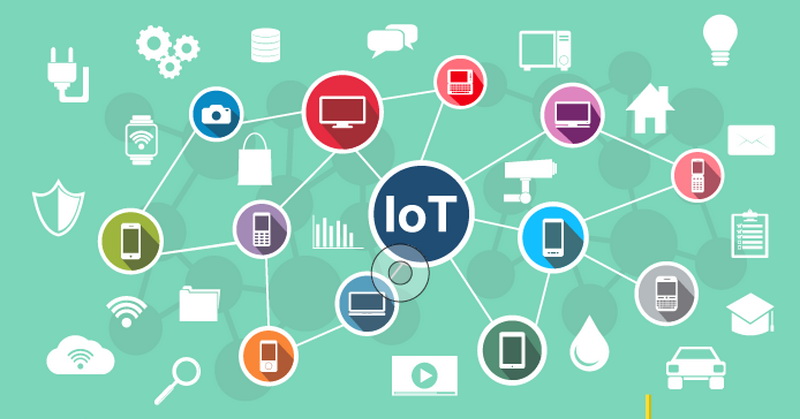The objective of this study is to justify the creative works of judges in resolving hard cases when statutory provision is obscure or non-existent. In this study, Internet-of-Things cases are singled out, since the subject matter develops faster than the legislation. In real life, however, it is not impossible that legal problems arising out of or in relation to IoT cases going to court, which should be settled by judges. The obscurity or nonexistence of statutory provisions applicable to cases of IoT makes judges interpret the obscure provisions or create laws to decide the cases.
This study signifies that when facing hard cases, judges explore the essence of the rule rather than the wordings of it or rely upon legal principles as the basis of creating laws aptly applied to the case. It is the judge’s task to resolve cases equitably. Either interpreting statutory provisions or creating laws is a creative work of judge to settle cases. In general, interpretation of statutory provisions is currently admissible for deciding a case if provisions pertaining to the case lack clear-cut meaning applicable to the case. Creation of law by a judge, however, is not generally acceptable as an appropriate endeavour to reach an equitable solution to the case.
Interpretation of Statutory Provision
IoT is the network of physical devices, vehicles, home appliances, and other items embedded with electronics, software, sensors, actuators, and connectivity, which enable these things to connect and exchange data, creating opportunities for more direct integration of the physical world into computer-based systems. While, in real life, it is not impossible that legal problems arising out of or in relation to IoT go to court. It is the judge’s task to resolve such cases equitably.
Interpretation is carried out by judges if statutory provisions are not clearly understood. In the absence of statutory provisions, concerning cases he/she is handling, the judge may turn to best practices or customary laws. However, if it is a brand-new case and the judge can find neither statutory provisions nor unwritten laws, referring to legal principles, the judge may create law to settle the case.
Regarding law creation, Maarten Feteris, Chief Justice to the Dutch Supreme Court, in his paper under the title ‘Nieuwe Ruimte Voor de Hoge Raad’ at Cassatie Conferentie held in Leiden 2015, stated that the Montesquieu caricature about a judge as a speaking doll explaining about the law is obsolete. Furthermore, he stated that indeed, questions inattendues (thousands of unexpected problems) come to a judiciary and the problems should be used to develop new laws (Feteris, 2005; Guirguis, 2018).
Actually, it is acceptable in the Netherlands that the Dutch Supreme Court creates law. The Dutch Supreme Court decision of February 24, 2017 deals with an Internet-of-Things case. The case is about an inmate’s petition against Google. In this case, the Dutch Supreme Court should balance the petitioner’s interest and the public interest. In its judgment, the court, in principle, prioritizes protection for privacy and personal identity over Google’s economic interest and the public’s interest to obtain the petitioner identity through the search engine.
The case began with a TV program. On May 27, 2012, SBS6 showed an episode of a program under the title ‘Crime Reporter’, directed by Peter R. de Vries. In the episode, in camera images, a discussion was shown between the petitioner and someone suspected as an Assassin (which is hereinafter called A) about the best way to eliminate a competitor in the sex business. Snapshots were made secretly by A with the help of a ballpoint pen that contained a camera. The petitioner is recognizable in the video records that are shown in the program and no image or sound distortion is used. His full name was not shown. However, the initials of his first and family names were made known.
When someone types the petitioner’s full name in a Google Search, the name promptly gives rise to the websites of amazon.com, book.google.nl, and abebooks.com that contains the book that was published in 2013 and the Algemeen website that contains news about the murder published by mass media organisations.
The creative works of judges may either be in the form of statutory interpretation or in the form of creation of law by a judge. When statutory provisions, applied to a case, is unclear, a judge carries out interpretation, to allow the provision to be aptly applied to the case. However, when there are no statutory provisions concerning the case, the judge may refer to legal principles. Doing as such, a judge may create laws for reaching equitable solutions for the parties to the lawsuit. Internet of Things (IoT) is a new subject matter.
Legislation may sometimes lag behind the rapid development of information technology. In social reality, there may be some controversies concerning the IoT that go to court. Under no circumstances can the court reject the trial of such cases. It is the task of a judge to find an acceptable legal basis for reaching an equitable solution for the parties. Despite a lack of clear-cut statutory provisions or nonexistence rules, through interpreting the provisions or creating law, the judge may reach a solution to IoT cases. (*)
Author: Peter Mahmud Marzuki
Detail information from this study can be seen on: http: //www.ijicc.net/images/Vol_5_Iss_2_Spec_Ed/22_Marzuki_P337_2019R.pdf





